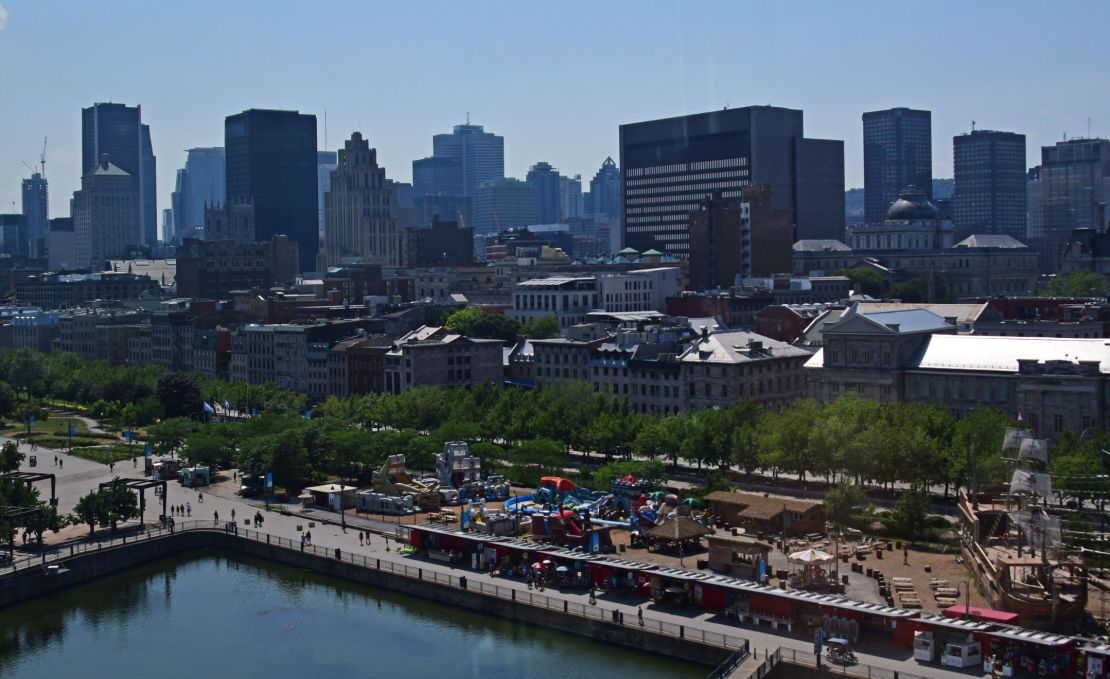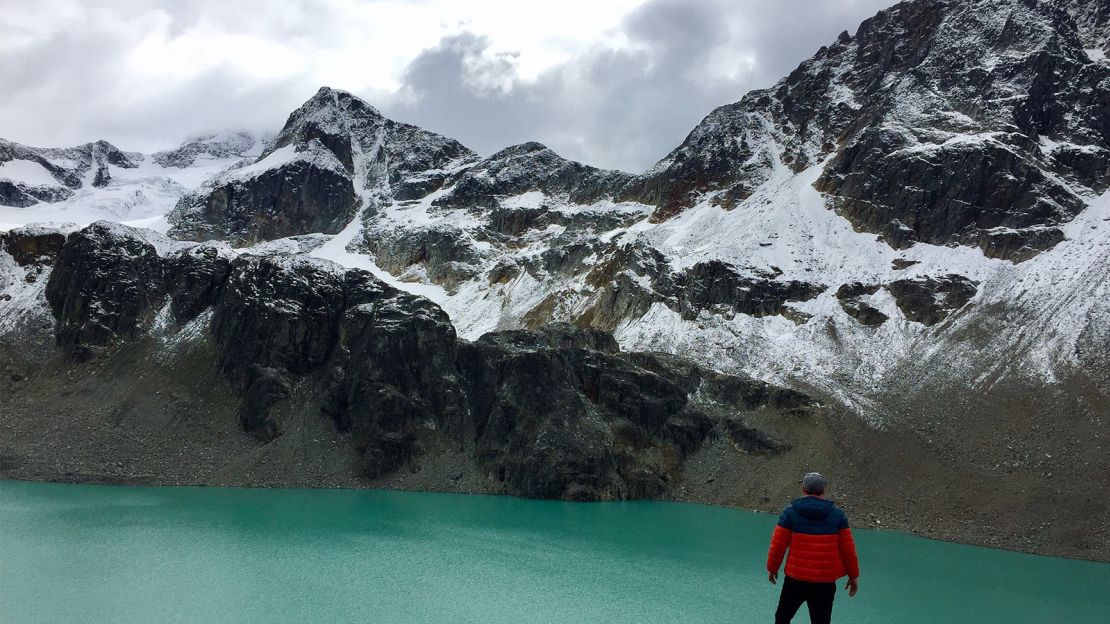Canadians like to tip.
Though servers in Canada make around $11 an hour, more than the minimum requirement for restaurant employees in the United States, they very nearly mirror US tipping customs in the hospitality industry.
Even in places gratuity is not exactly expected, it is still surprisingly popular.
Here’s how it works.
From the big city to the little town
In Toronto, the calculation’s easy. There’s a 13% HST (harmonized sales tax) charge at the bottom of every bill. Take that amount, round it up, and you’ll be in the neighborhood of the 15% that Torontonians consider the minimum tip on a meal.
Especially good service will take it up to 18% or beyond.
Pubs are the classic drinking establishments in a city where cocktails are still considered fancy (and so merit percentage tipping), and the standard tip for a beer or equivalent drink is $1 per drink.
Vancouver’s tax system is more complicated – 5% on meals, 5% plus 10% provincial tax on alcohol – but the standard tip remains the same; you just may have to use your phone to figure it out.
According to a recent study by national pollsters Angus Reid, tips in small towns tend to be closer to the 10% mark for restaurants, with a similar buck-a-beer system for bars.
Quebec stands alone
In Quebec, French is spoken, and the provincial government is called the National Assembly. It’s maybe not surprising then that Quebecois tip differently.
The expectation is that you’ll be more generous in la belle province – and you will be called out if you fail to meet the standards surrounding gratuity.
There was a flurry of controversy last year when a popular tourist restaurant in Quebec City, the province’s second largest urban center, tacked on a 15% charge to a Vancouverite of Asian descent, revealing a long-standing practice of charging Asian tourists what amounted to a service charge. The overt racism caused a ruckus, but there was another underlying message: Don’t leave without tipping.
Eighteen percent is the norm, 20 not unusual, and if you have a really good time, 25% is not going to raise eyebrows.

But it’s not only Quebec restaurants – where servers and bartenders make a minimum of $9.80 an hour – that expect a tip. The Montreal Yellow Pages – remember those? – has a whole section on tipping in hotels, just in case you decide to do some research.
It’s quite a long section, but the takeaway – confirmed by Eve Paré, CEO of the Hotel Association of Greater Montreal: $2-$5 a day for cleaning staff, $2-$5 for the parking valet, and $1-$2 a bag for the bellhop, and up to $20 for a concierge who gives you any advice you end up using.

How tourism dictates tipping
Tourism is extremely seasonal in Canada, meaning the people working in tourist spots, like Niagara Falls in the summer, and Whistler in the winter, have limited earning windows. This is reflected in tipping expectations and, for the most part, behavior. Expect those table-side credit card point-of-sale devices to suggest 20% and even 25% as the default. Of course, you can tip whatever you want, but the floor in tourist destinations tends to hover around 18% rather than 15%.

Same for drivers – taxi and ride-share. Instead of rounding up, think 15%, and then round up on that figure. And don’t forget the guides, bus and boat tour narrators, paddle board instructors…the list goes on. These types of tour operators are usually looking for a little extra something.
Taxis, hotels and coffee and more
Across the country, in cities and small towns alike, the rule of thumb is to round up to the nearest $5 whenever you take a taxi.
The Montreal Yellow Pages model – $1-$2 a bag for bellhops, etc. – is a good one to reference whenever you stay in a Canadian hotel.
Not just a doughnut shop, Tim Horton’s is a national institution. And to some, the kerfuffle surrounding news earlier this year that one location was forbidding its employees to accept tips might have seemed curious.
With average bills of $2-$3, you wouldn’t have thought tipping was much of an issue.
But it most definitely is.
A nationwide boycott ensued, Canadian Twitter erupted in outrage, and people were standing outside Tim Horton’s locations handing out tips to employees when they finished their shifts or took mid-shift breaks.
Beck Mageau, a Tim Horton’s employee in Nova Scotia, even took to Quora to clarify the matter. Despite the low prices and largely take-out nature of the place, at least half of patrons tip their Timmy’s staff, often with round-up tips, but sometimes as much as $10 on a $6 box of Timbits (doughnut holes to the uninitiated).
Many Canadians also tend to be generous when traveling by train. Canada’s national rail service is often mocked, but much loved – a fact that is illustrated by about a third of its passengers on the busy Windsor-Quebec City rail corridor tipping their attendants when they order coffee or snacks. According to VIA server Alexandre Beland, it’s mostly a rounding-up tip. “A coffee is $2.25,” he says, “so people will sometimes just give $3.”
Unsurprisingly, he says he gets the most tips on Quebec routes between Montreal and Quebec City. Foreign-traveling tourists aren’t obligated to leave a tip in this situation, but the gesture won’t be rejected either.
New frontiers of tipping
With the proliferation of point-of-sale machines, everything from bike shops to dry cleaners can now suggest a tip when you pay by card. You’re free to do as you like, of course (minimum wage in Canada hovers around the $14-an-hour mark), but if a business does not have a clear system for distributing tips, you do so at your own risk.
There has been a flurry of no-tip restaurants popping up across the country since a spot called Smoke ‘n Water in tiny Parksville, British Columbia floated the idea in 2014. The latest is trendy upscale spot Bistro Rosie in, of all places, Montreal.
Instead of accepting gratutity, they charge a flat fee ($44 for two courses, $55 for 3, etc.). Staff, according to owner Sophie Duchastel de Montrouge, make between $15 and $25 an hour.
It’s not a trend yet, and given that Smoke ‘n Water gave up its policy after three months due to protests of customers who wanted to leave more money, it’s unlikely to be the tip of any iceberg.
